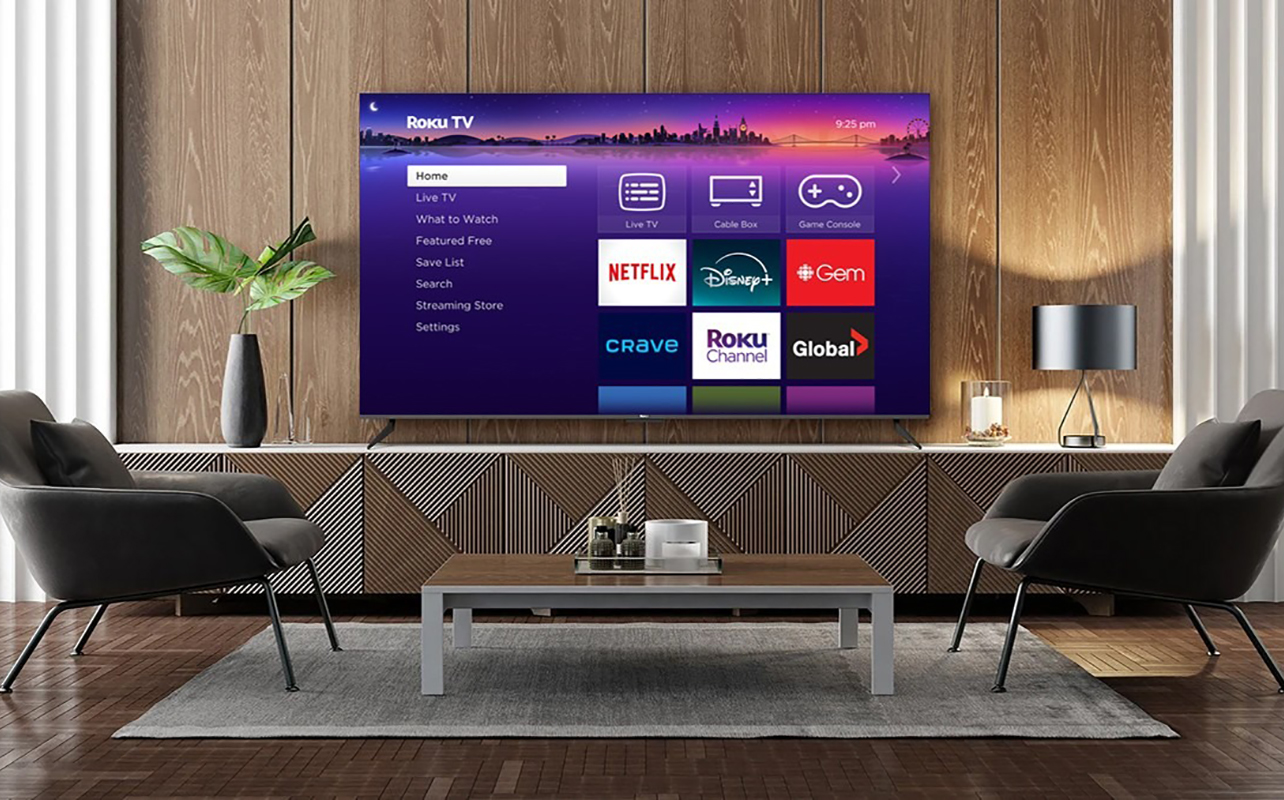
So, you’re looking for a new smart TV. One of the brands you might be considering is a Roku TV, which is technically a specific type of smart TV. But it’s not the only option. Several brands make Roku TVs but others make smart TVs based on different operating systems. While pretty much all of them will give you access to all the top paid and streaming apps, there are clear differences. Each offers a distinctive interface and unique features that sets them apart, and this is particularly the case with Roku TVs.
If you’re trying to decide if you should get a Roku TV or a smart TV that uses a different OS, we’re here to help. In this article, I’ll break down the differences between other smart TVs and Roku TVs, as well as highlight the similarities. I’ll also discuss what you can expect from each and why you might want one over the other.
What is a Roku TV?
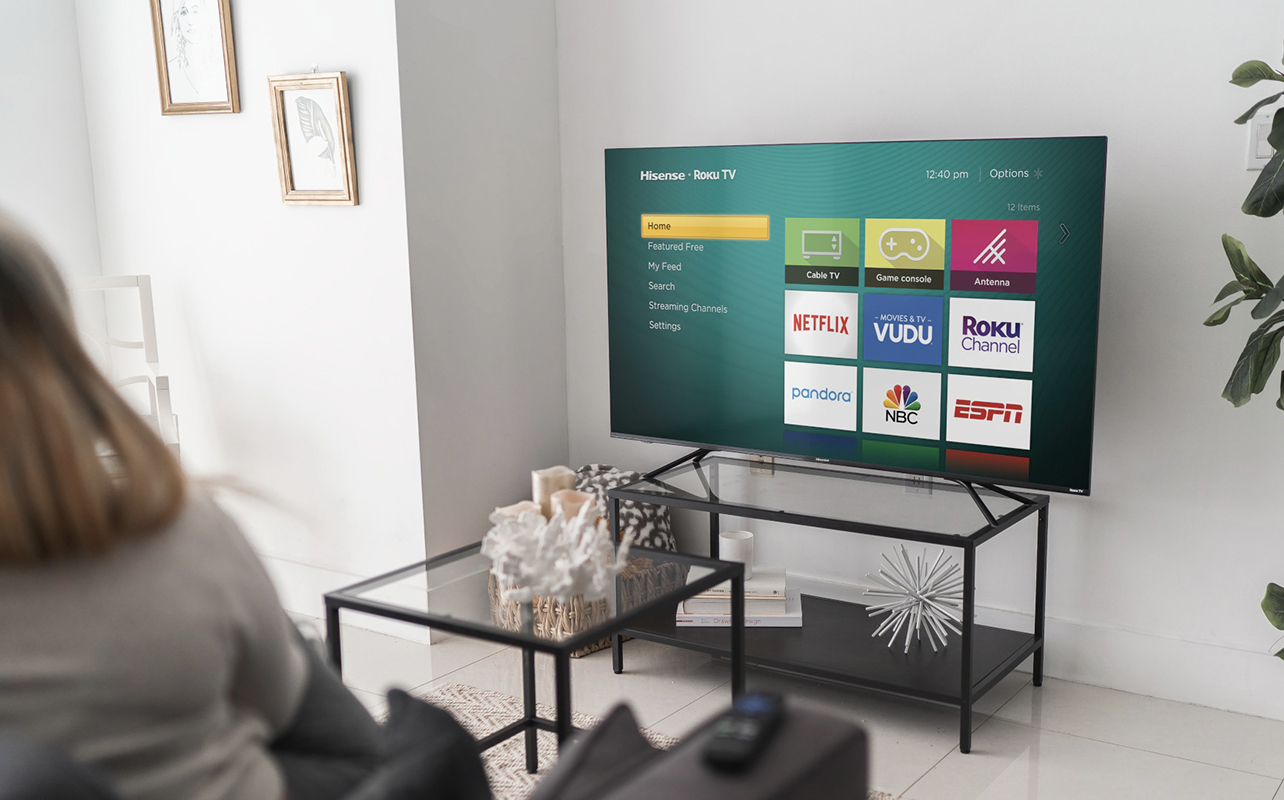
A Roku TV is a type of smart TV that operates on the Roku OS. While Roku does indeed make its own branded TVs, you’ll also find Roku TVs from third-party brands like TCL, Hisense, Philips, and Sharp. Regardless of the brand, the Roku experience is uniform with every Roku TV. This includes an ultra-simple set-up. It’s easy to download your favourite apps, login to accounts, connect other devices like gaming consoles, and even control everything from a smartphone app.
In addition to Roku TVs, the brand also sells streaming sticks and media players. Connect one of these to any TV that has an HDMI port. Yes, this even includes a smart TV that uses another OS. Then, access the same Roku experience that you would on a TV with Roku built in.
Key differences between a Roku TV and other smart TVs
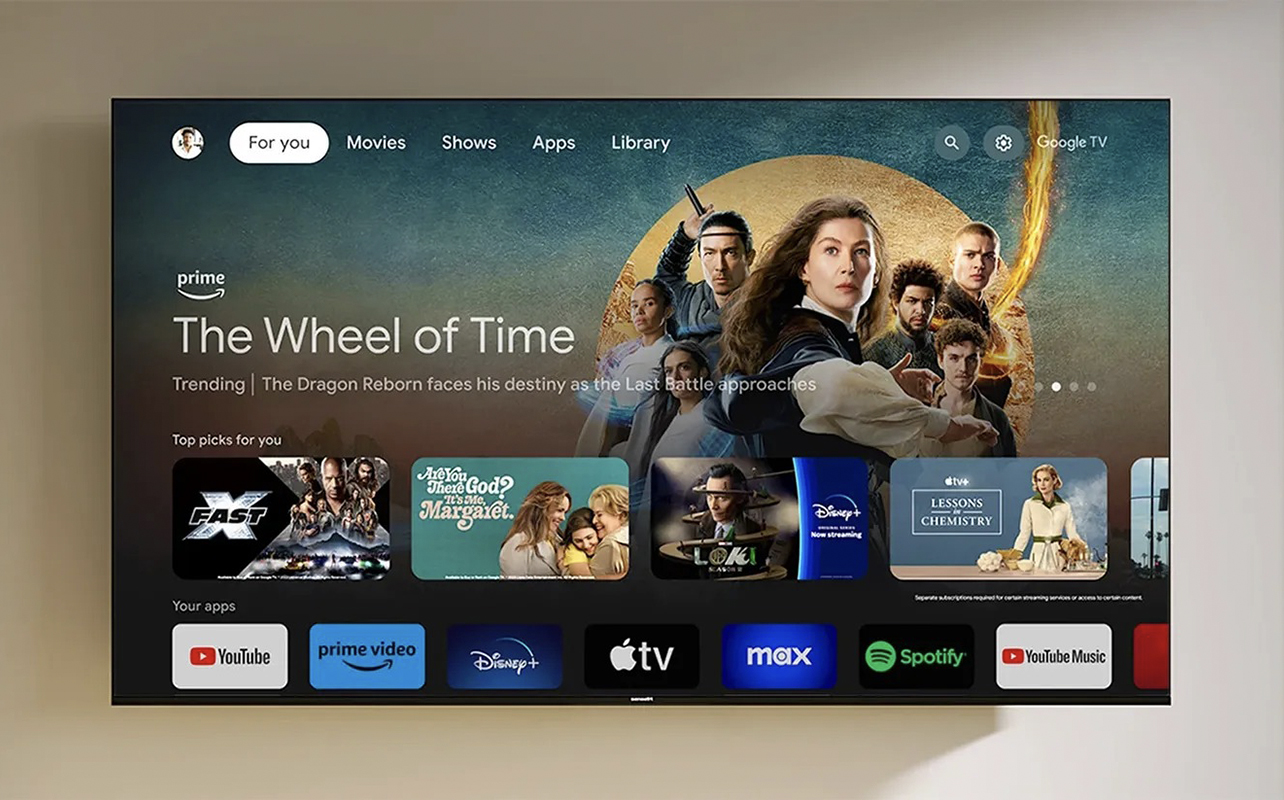
All smart TVs achieve the same end goal, which is serving as a connected portal for streaming content and services on the big screen. But there are some key differences between Roku TVs and other smart TVs.
Operating system and user interface
The Roku OS has a reputation for being extremely intuitive. It’s easy to use, even for novices. There’s virtually no learning curve as you go through the set-up process, step-by-step, guiding you through options and navigation. By comparison, other TVs use smart TV operating systems like webOS (LG), Tizen (Samsung), Google TV, Android, TV, and Fire TV. These are all simple as well. But there’s something about the Roku interface that customers especially appreciate.
Since it’s not tied to a specific TV platform, you’ll get a clean look with access to your favourite streaming services right from the home screen. There’s no on-screen clutter. The same goes for the remote, which has only the buttons you need without anything else that might confuse non-tech-savvy users. At the heart of the Roku TV experience is simplicity and customizability.
App availability and updates
Roku provides access to all the most popular movie and TV show streaming apps, including Netflix, Disney+, Crave, CBC Gem, Plex, CTV, Tubi, Pluto TV, and Global. This includes a selection of both paid and free subscription services. With paid ones, upon initial set-up, you can easily log in to an existing account so you’re ready to go quickly out of the box. If you aren’t signed up yet, you can do this right from the Roku interface as well. (This is the case with other smart TV platforms, too). You also get access to other useful apps beyond TV entertainment. Some notable ones include The Weather Network, Apple Music, TuneIn, SiriusXM, Spotify, Amazon Music, Vevo Music Videos, and more. (Note: some of these require a subscription). Of course, you can also access YouTube.
Roku Channels
The big difference is the inclusion of access to Roku Channels with a Roku TV. This is Roku’s own dedicated selection of channels filled with exclusive content. This includes library titles as well as Roku original movies and TV shows, all of which you can access for free. All you need to do is sign up for a free Roku account. Once set up, you can stream more than 100 live channels, with new ones being added all the time. Some popular ones include Homeful, Real Life, Spark TV, and Supermarket Sweep. There’s also FilmRise Canada and FilmRise Canadien in French. Additionally, rent movies from Cineplex Store. Everything is organized in a neat guide that’s designed to look like a traditional cable TV guide.
Roku Channel Store vs. smart TV app stores
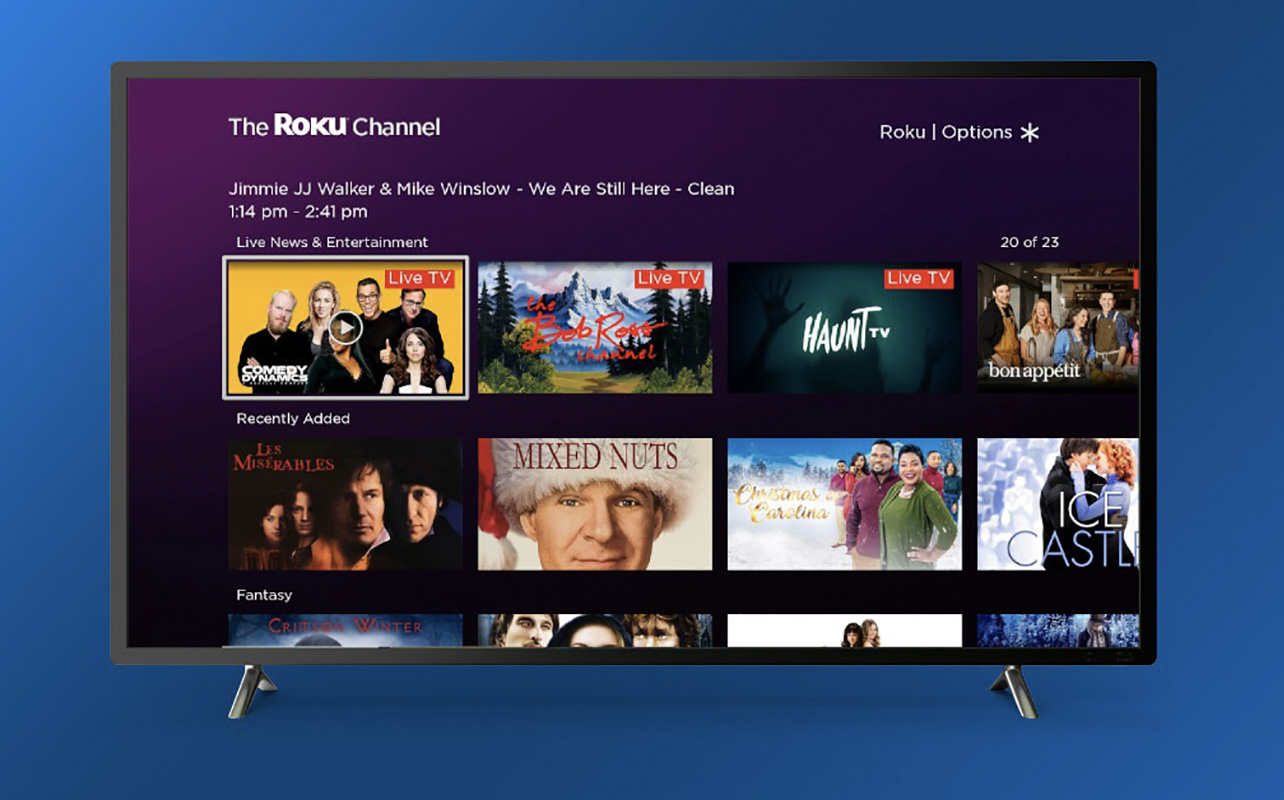
The Roku Channel Store has a wide variety of options from which to choose, including all types of apps. Along with streaming apps, for example, you’ll find games, apps for casting videos, radio station apps, and more. Other smart TVs have the same selection. You might find a wider selection of apps with specific branded smart TVs, like Samsung and LG. These might pertain to their own smart home platforms and apps.
App updates
Roku TVs automatically check for software updates during the initial set-up process and any time they’re powered on. They also typically check every few days at random to ensure you always get an up-to-date experience. At any time, you can run a manual check for updates to see if one is waiting in the wings.
Note that you’ll get this same experience with smart TVs using other OSs. They often run automatic updates unless you choose to turn this feature off. Similarly, you can also run a manual check for updates at any time.
Customization options
The Roku experience is robust, allowing you to use the included remote or a mobile app as a virtual remote. The voice remote makes it easy to search for what you want to watch with a verbal command. There are also unique features like Headphone Mode, great for siblings who share a bedroom or college students in a shared dorm. One person can watch to their heart’s content without disturbing another.
What else to consider when buying a TV?

Like with any electronic device with a screen, usability is key. But once you narrow down the options to the smart TV interface you like the best and find the easiest to use, there are other equally important considerations to make. Learn how to choose the right TV for you and also find which smart TV OS is right for you. Here’s a refresher of the key factors to consider.
Display technology
The main types of TVs are OLED, QLED, and LED. OLED typically provides the best possible picture quality with deep blacks, crisp whites, and vibrant colours. But it’s also the more expensive option. There are Roku OLED TVs, but for now, these are limited to Philips branded models as the only partner so far. QLED and LED TVs, as well as other TVs based on LED technology like LG’s QNED TVs, provide fantastic picture quality as well, at a more affordable price. Learn about the pros and cons of OLEDs vs LEDs in our detailed comparison, as well as QNED vs OLED if you’re considering an LG model.
Size
You’ll find smart TVs in all sizes, from small ones for the kitchen to extra-large ones upwards of 100 inches for those with the space (and budget!) When it comes to Roku TVs, you’ll typically find them in sizes from 24 inches up to 85 inches. Follow the steps to find the best TV viewing distance for the desired room in your home to help you determine what size TV you should get for the best experience.
Resolution
Next is resolution. Should you go with 4K, the most popular option nowadays, or 8K to future-proof the investment? We explore the differences in our article on 4K vs. 8K, but put simply, your best bet right now is to opt for a premium 4K TV. Not only will you get the best possible picture quality, since there isn’t much 8K content available yet anyway, 4K TVs can usually also upscale lower resolution quality. Given the affordability of 4K TVs nowadays, there’s no reason to go for a 1080P HD TV unless it’s a small TV for a secondary room like the kitchen, or to keep up at the cottage.
Refresh rate
Refresh rate refers to the TVs ability to handle fast-moving action. You’ll generally find refresh rates of anywhere from 60Hz to 120Hz. Naturally, the higher the refresh rate, the better the TV will be at combatting things like motion blur. Your best bet if you watch action movies, sporting events, or if you’re a gamer is to go with a TV with at least 120Hz refresh rate. Some TVs boast a 240Hz refresh rate, which is the ideal option for serious gamers.
HDR support
HDR stands for High Dynamic Range, and it’s designed to offer a better range of brightness and colour in images. The result is a more vivid and realistic picture when watching movies, TV shows, and playing games. HDR10 is the highest standard, which ensures the best possible brightness and colour reproduction. You may find other technologies cited in a TV’s specs pertaining to this as well. Dolby Vision, for example, is an advanced version of HDR that was developed by the highly respected Dolby Laboratories. This further enhances image quality, resulting in even deeper blacks and more precise contrast. There’s also HLG or Hybrid-Log Gamma, another standard of HDR. It’s designed for broadcast cable, satellite, and live TV. So, if you have a premium cable or satellite subscription, you’lll find value in a TV with HLG to ensure that things like sports events, news broadcasts, and other live events are reproduced faithfully on screen.
Sound quality
The latest most premium TVs offer improved built-in speakers. But they’re also thinner and sleeker, which makes integrating audio capabilities more challenging. Because of this, most households will rely on external speakers. You can opt for several speakers to produce an immersive experience or consider upgrading to a simple sound bar. They are great for space saving since these rest under or above the TV. But the latest premium sound bars can mimic a 360° sound experience as well. So, you get immersive sound from a single speaker. If you’re still saving up for a larger home theatre system speaker, it’s a good idea to invest in a sound bar to get improved sound with your TV from the start. The good news is that once you upgrade, you can often integrate the sound bar into the larger system as well. Alternatively, move to a secondary viewing location.
Connectivity options
Virtually every new TV from the last several years has HDMI ports for connecting secondary sources, like a cable or satellite TV box, Blu-ray player, gaming console, sound bar, and more. Every smart TV, including Roku TVs, have built-in Wi-Fi since they require connectivity to the internet to work. But some add additional connectivity options.
Bluetooth: Use Bluetooth to pair the TV wirelessly with a speaker like a sound bar. This also allows you to pair the TV with a mobile device, like your smartphone, for playing back content.
Casting: The best way to handle this for video is through casting features, like Google Chromecast and Apple AirPlay. Most Roku TVs do not have built-in Chromecast but many have Apple AirPlay. You can also invest in a separate streaming stick or media player to plug into the HDMI port of any smart TV to add casting capabilities
HDMI eARC: Enhanced Audio Return Channel (eARC) is an improved version of HDMI. A TV that has an eARC HDMI port offers higher quality audio transmission from the TV to a sound bar or AV receiver using just one cable. So, if you value sound quality as much as video, or want to use your TV and sound bar to play music as well, you’ll want a TV with at least one HDMI eARC port. There’s an additional benefit for TV viewing as well. HDMI eARC can often correct for AV synchronization issues. If you have ever watched TV and noticed that the audio isn’t in sync with the lip movements on screen, this is something HDMI eARC can help prevent from happening.
Upgrade your TV experience today
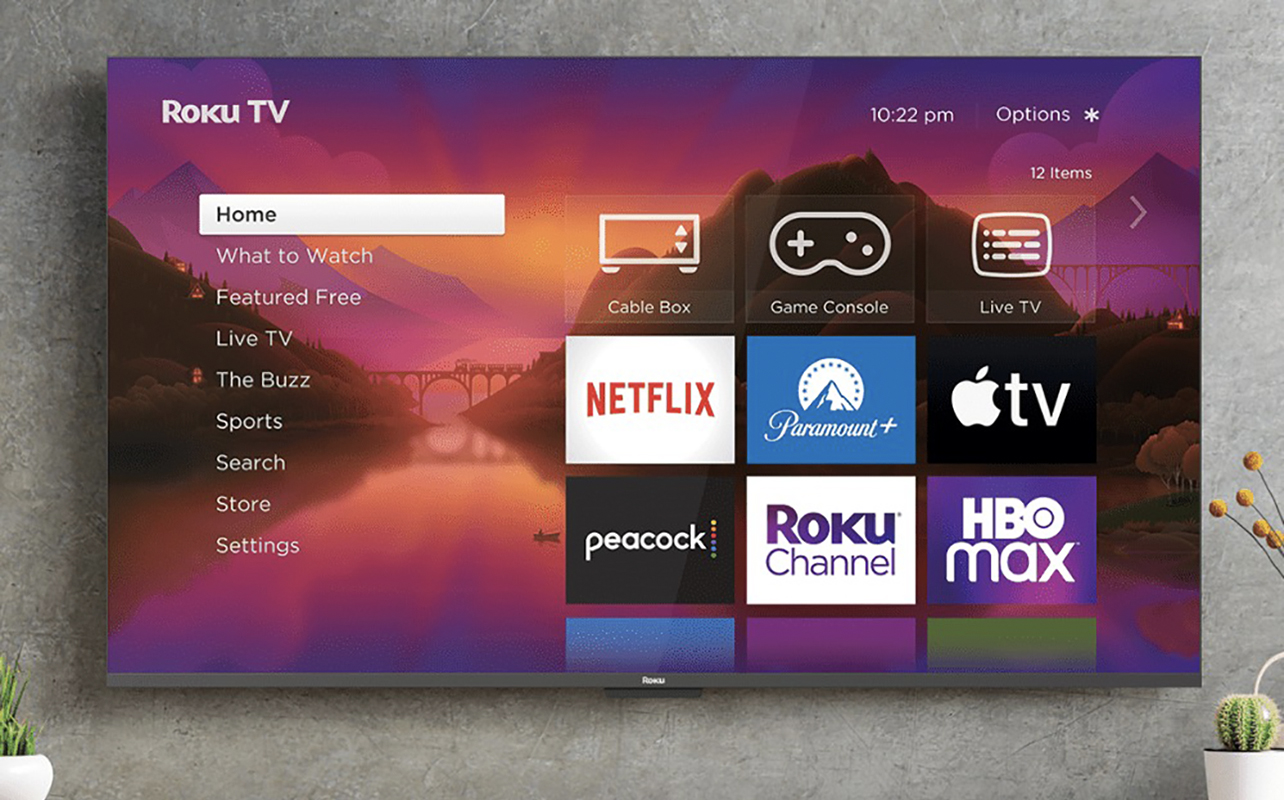
When it comes down to it, both Roku TV and smart TVs based on other operating systems provide access to favourite streaming services and apps. Many offer simple user interfaces and customization options. They come in a variety of sizes and resolutions at all different price points. The value in Roku TV is in both affordability and simplicity. It’s one of the easiest to use smart TV interfaces. Roku TVs come with a simple remote, guided set-up, and the option to use the app as a secondary (or primary) remote. Features like Roku Channels for additional free content and Headphone Mode set it apart as well.
Whichever type of smart TV you choose, don’t discount all the other crucial aspects beyond interface. This includes display type, size, resolution, enhanced picture features, refresh rate, sound quality, and connectivity.
Once you’re ready to bring a new smart TV home, explore all the wonderful options at Best Buy Canada.
Frequently asked questions

Still need answers? Hopefully these final FAQs will help.
Is a Roku TV better than a smart TV?
That really comes down to preference. Keep in mind that a Roku is a smart TV. It’s just one based on the Roku OS. The benefit is that you can choose from a variety of manufacturers. The interface is among the easiest and most intuitive, if not the simplest, to use. For that reason, it’s preferred by many.
What is the point of Roku if you have a smart TV?
You can get the best of both worlds if you have another smart TV by getting an affordable Roku streaming stick or media player and plugging it in. The OS won’t be built into the TV, but you’ll get the same experience. Just keep in mind that this will use up one of the TV’s HDMI ports. You’ll also need to run the player or stick’s charging cable to a power outlet to keep it powered up whenever you want to use it. While Roku TV doesn’t typically have apps you can’t find on other platforms beyond Roku Channels, you might prefer the interface.
Can you watch normal TV on a Roku TV?
Yes, just like any other smart TV, a Roku TV is just a connected TV. That means you can still connect devices to it via wires, like a cable or satellite TV box, and watch live TV content. They have built-in tuners and can even work with a TV antenna for accessing over-the-air (OTA) local broadcasts from networks like CBC, Global, and CTV.
Can you make any TV into a Roku TV?
Yes! As long as the TV has an HDMI port, you can technically turn any TV into a smart TV by using a Roku streaming stick or media player. Keep in mind that virtually every TV launched in the last several years is a smart TV. You’d be hard-pressed to find a TV that isn’t nowadays. But note that with any smart TV, the TV must be connected to the internet to work. If you have a slow internet connection at home, consider upgrading your package. That’s especially the case if you plan to do a lot of streaming with any smart TV, including a Roku TV.





